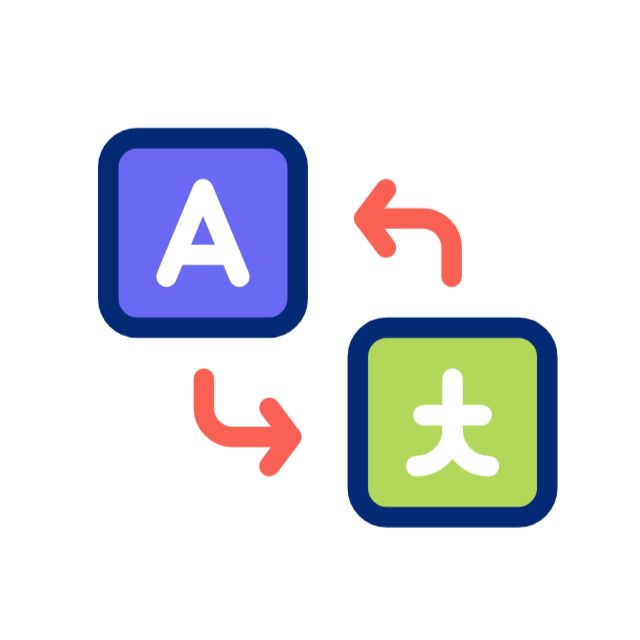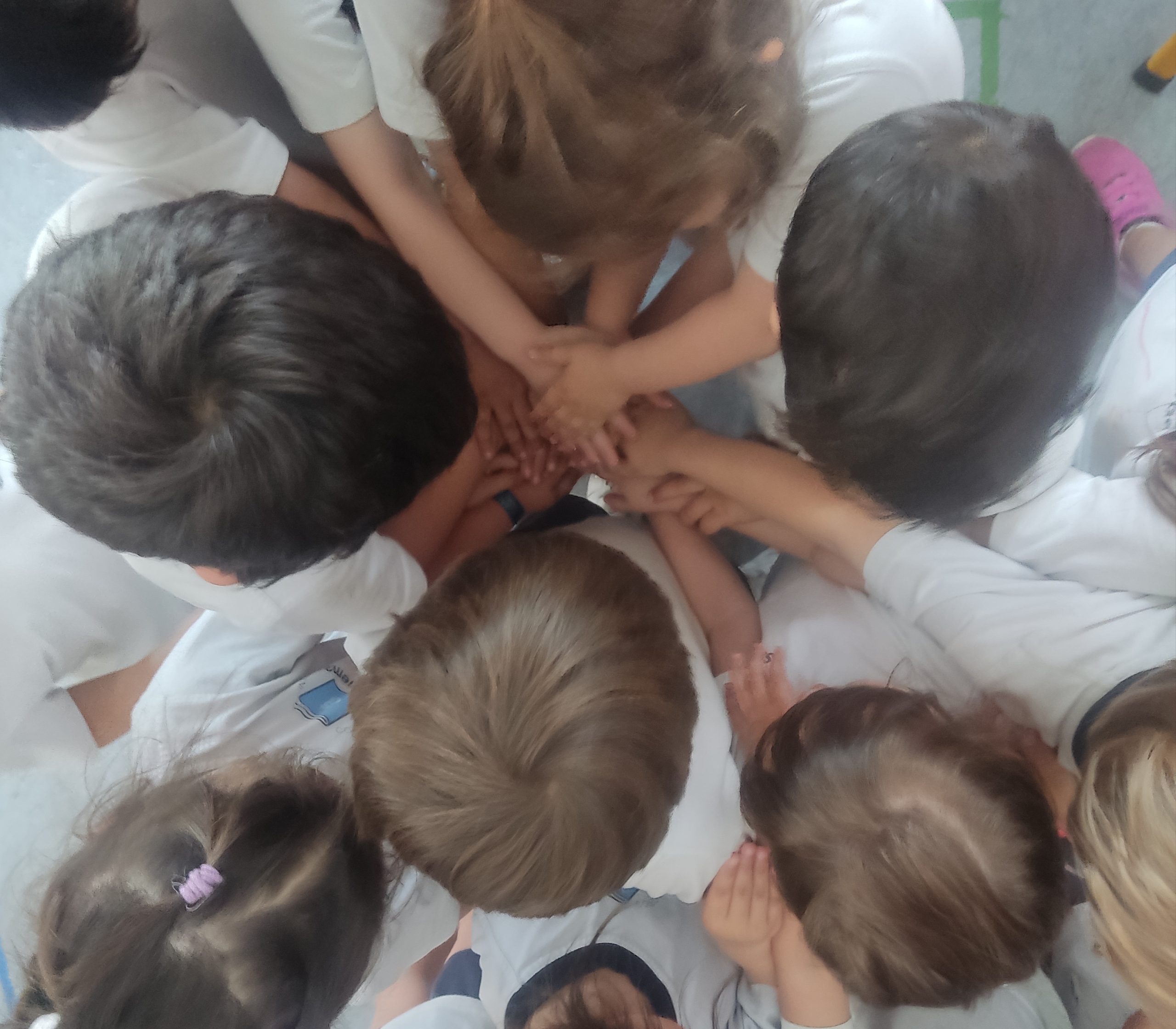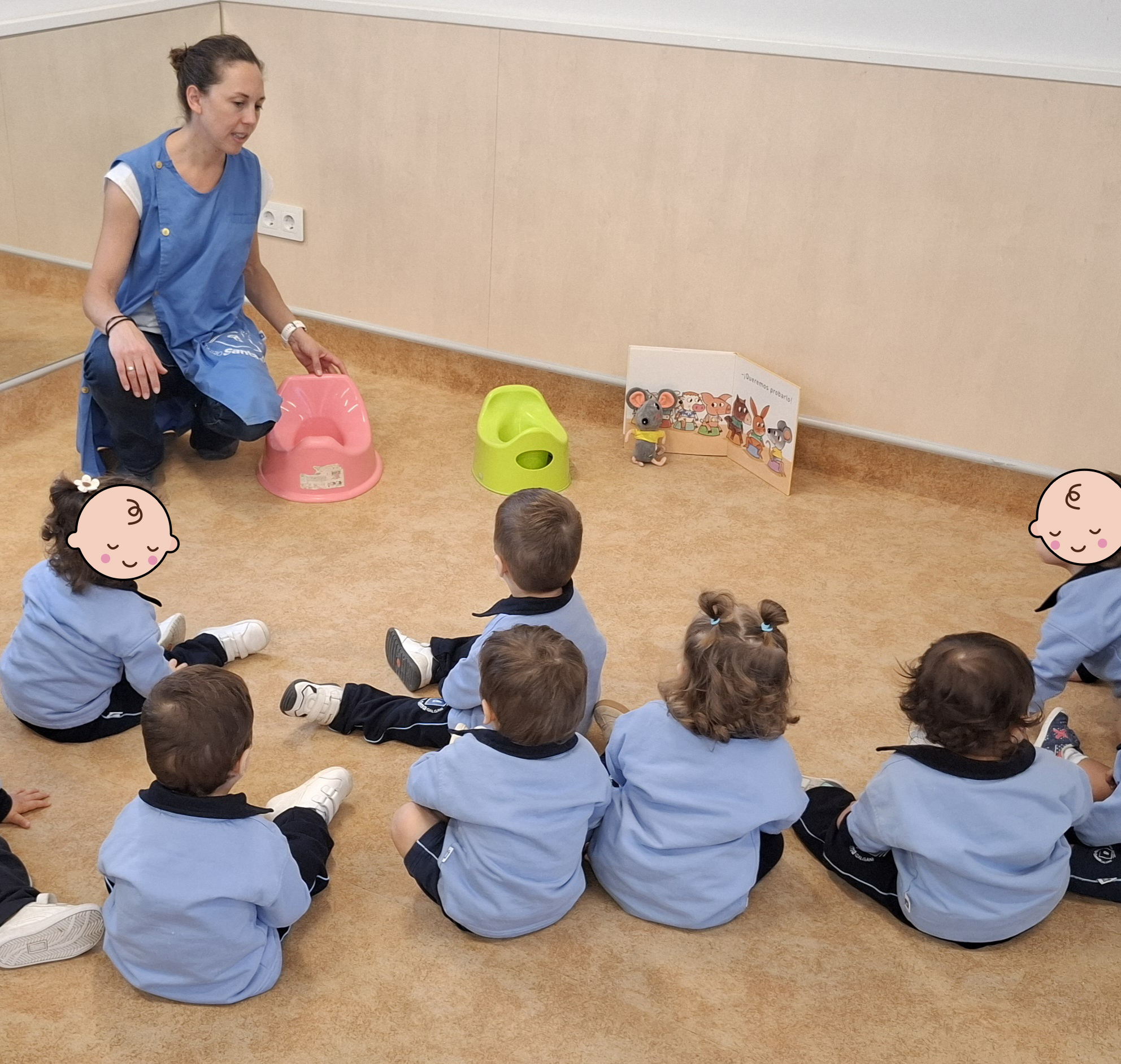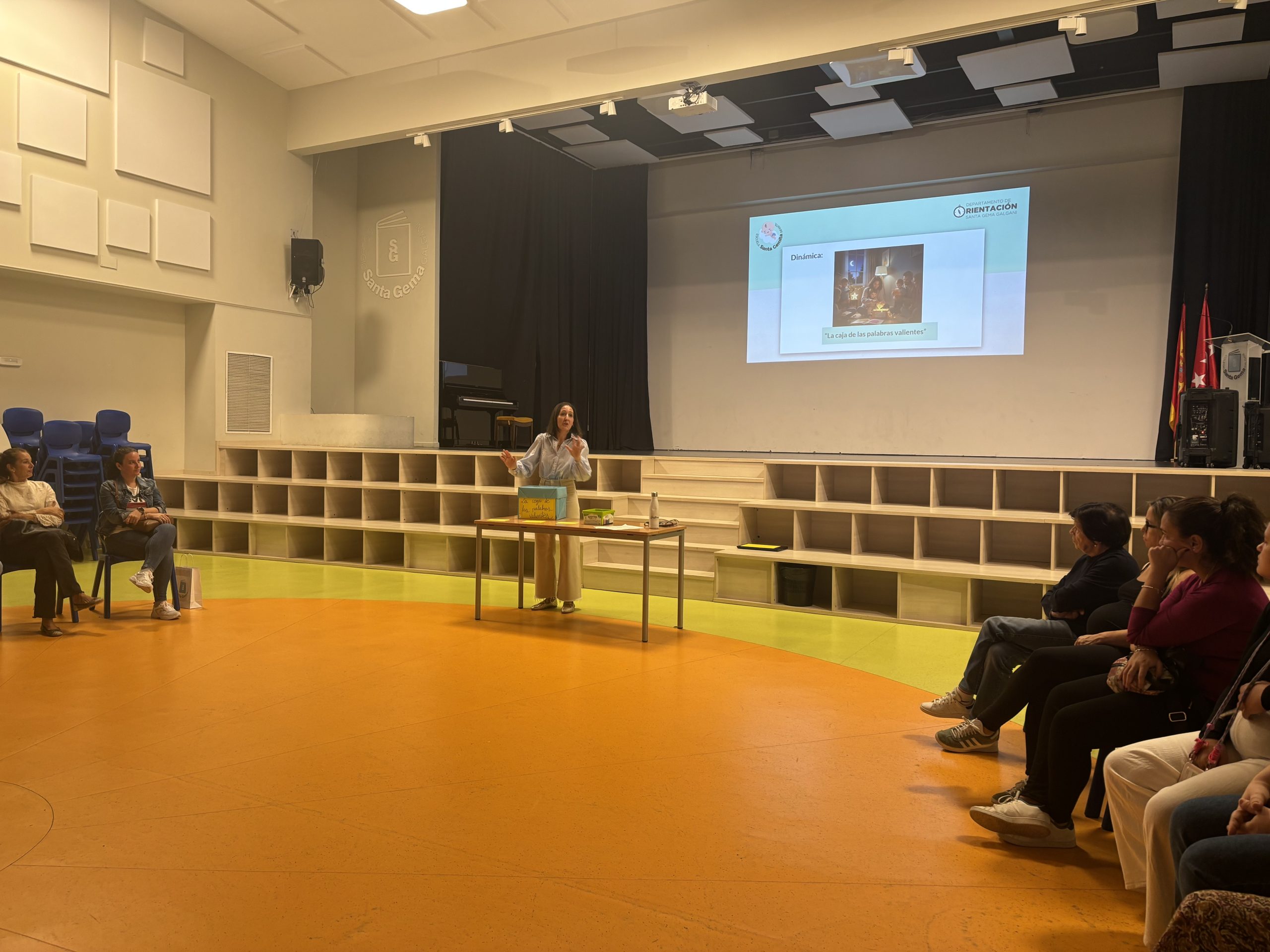
Emotional education is one of our basic pillars in Early Childhood Education. When children are young, their limbic system is highly developed, which is the part of the brain that feels emotions. However, the prefrontal cortex responsible for regulating emotional responses is not yet mature. This means that young children may feel their emotions very intensely, but are not able to adequately regulate their response to that emotion.
The most important thing when addressing the emotional level is to name what they're feeling. It's necessary to empathize with the child, validating how they feel and keeping in mind that emotions can be pleasant or unpleasant, but never good or bad. Emotions are absolutely necessary, and what can be right or wrong is the way the child responds to that emotion.
From a very young age, we begin by recognizing their emotions and the characteristics of each one. We also pay special attention to conflict resolution and the sense of belonging to a group in which we all care for each other and help each other.
In class, we read stories that allow us to reflect and put ourselves in the characters' shoes. We learn songs that help us express how we feel and experience different types of music. We engage in activities and games to learn how to better adapt our reactions and practice different relaxation techniques. All of this is aimed at guiding them toward proper emotional education.
- Colegio Santa Gema Galganihttps://colegio-santagema.es/en/author/jaime/
- Colegio Santa Gema Galganihttps://colegio-santagema.es/en/author/jaime/
- Colegio Santa Gema Galganihttps://colegio-santagema.es/en/author/jaime/
- Colegio Santa Gema Galganihttps://colegio-santagema.es/en/author/jaime/









